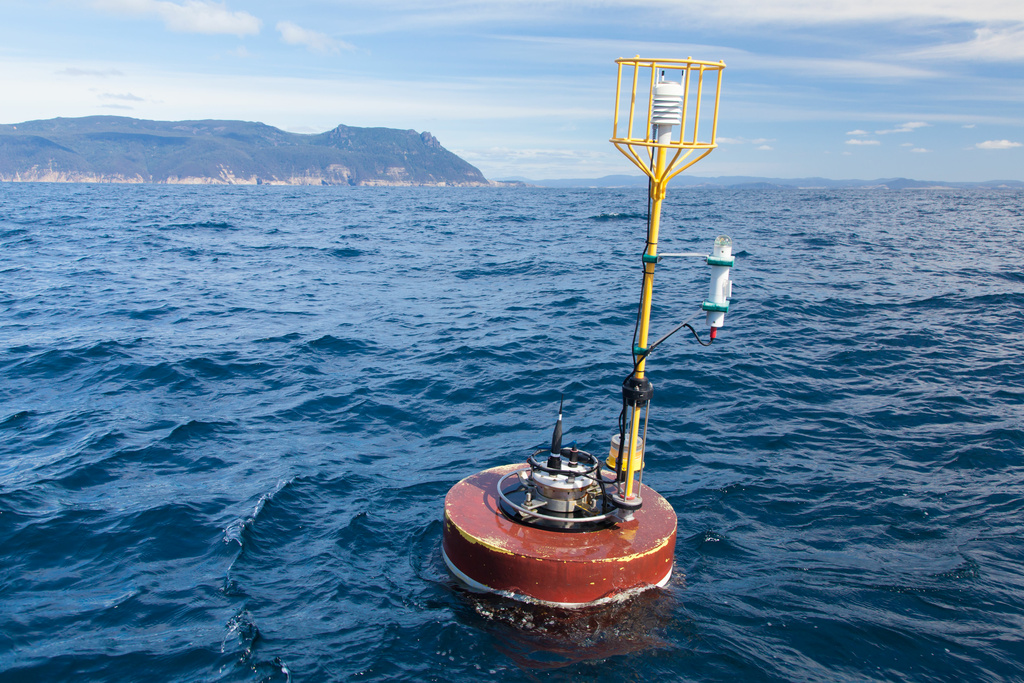The Integrated Marine Observing System (IMOS), a network of equipment ranging from autonomous floats, moorings, buoys, gliders, radars and even tagged seals, has collected and delivered more than 1 billion measurements from across Australia’s oceans.
IMOS has recently been boosted by a $63.5 million investment from the Australian Government through the National Collaborative Research Infrastructure Strategy.
The Executive Director of IMOS, Dr Michelle Heupel, said the data is used in a multitude of ways that are relevant in the everyday lives of Australians.
“For example, it is important in the understanding of our food supply from the sea, providing information on the distribution of fish stocks. Our partners use the data to assess marine biodiversity, to track and project rising sea temperatures and sea levels and to understand changes to ocean currents, all of which are critical as we respond to climate change.
“It contributes significantly to safety at sea for those who use our oceans for work and recreation. The data is used in species conservation, the management of coral reefs and fragile coastal habitats, and in understanding the level of microplastics in our oceans.
“Offshore industries such as wind farms, where large infrastructure must be managed, rely on our wind speed data.”
Dr Heupel said the new funding means IMOS can continue to deliver high quality marine and climate data to Australia’s scientists, students, industries, and other stakeholders.
“IMOS data is freely available and discoverable through the IMOS Australian Ocean Data Network Portal. We are focussed on providing greater accessibility to the wealth of data we collect.
“The new investment will allow IMOS to grow and evolve as we establish new elements of the observing program and find innovative ways to deliver data to support and broaden our user base.”
The University of Tasmania is the lead agent for IMOS and has hosted the system since 2006.
The Vice-Chancellor of the University of Tasmania, Professor Rufus Black, said the funding of infrastructure to support marine research had never been as vital as it is today.
“It is impossible to overstate the importance of what the oceans can tell us about our world and how it is changing,” Professor Black said.
“A billion ocean measurements provides a treasure trove of information. This is infrastructure that is enabling research and operational capability that is vital for industry and for our response to the climate emergency.”
Australia’s Integrated Marine Observing System (IMOS) is enabled by the National Collaborative Research Infrastructure Strategy (NCRIS). It is operated by a consortium of institutions as an unincorporated joint venture, with the University of Tasmania as Lead Agent.
Media contact: [email protected], 0408 860 133
Information released by: Communications Office University of Tasmania
